Overview
Map
Other Details
كنيسة مار شربل الرّهاوي
Maad
Jbeil
Mount Lebanon
كنيسة مار شربل الرّهاوي - معادكان شربل الرهاوي كاهنًا وثنيًّا في مدينة الرّها. تحوّل الى المسيحيّة هو واخته بارابيا واستشهد في عهد الامبراطور الروماني ديسيوس (236-250).تقوم الكنيسة على أنقاض سابقة تعود لمعبد وثنيّ، أُنشأت عليه كنيسة بيزنطيّة؛ ثمّ أعيد بناؤها على أيام الصليبيين (القرن 12 و 13). رُمِّمت في نهاية القرن التاسع عشر.قُسم الموعوظين هو عبارة عن مدخل أو رواق. يحوي اليوم قطعًا أثرية.الكنيسة في الداخل مبنيّة على نمط بازيليكي يقسم صفّان من القناطر المساحة الداخليّة. قسم من البلاط قديم يعود الى المعبد الروماني كما وفتحة البئر المستديرة التي تتوسط الرواق. أمّا العقد المركزي فمزيّن برسوم زخرفية تعود الى العهد العثماني.تنتمي الحنية السفلى الى الكنيسة الأقدم، وتحتوي على جدرانيّة تمثل مجموعة من سبعة قديسين: على جانبي الأسقف الوسطي، يمثل الرسول بطرس الى اليسار وبولس الى اليمين؛ يرافقهما الانجيليون الأربعة.كنيسة مار شربل الرّهاوي - معادكان شربل الرهاوي كاهنًا وثنيًّا في مدينة الرّها. تحوّل الى المسيحيّة هو واخته بارابيا واستشهد في عهد الامبراطور الروماني ديسيوس (236-250).تقوم الكنيسة على أنقاض سابقة تعود لمعبد وثنيّ، أُنشأت عليه كنيسة بيزنطيّة؛ ثمّ أعيد بناؤها على أيام الصليبيين (القرن 12 و 13). رُمِّمت في نهاية القرن التاسع عشر.قُسم الموعوظين هو عبارة عن مدخل أو رواق. يحوي اليوم قطعًا أثرية.الكنيسة في الداخل مبنيّة على نمط بازيليكي يقسم صفّان من القناطر المساحة الداخليّة. قسم من البلاط قديم يعود الى المعبد الروماني كما وفتحة البئر المستديرة التي تتوسط الرواق. أمّا العقد المركزي فمزيّن برسوم زخرفية تعود الى العهد العثماني.تنتمي الحنية السفلى الى الكنيسة الأقدم، وتحتوي على جدرانيّة تمثل مجموعة من سبعة قديسين: على جانبي الأسقف الوسطي، يمثل الرسول بطرس الى اليسار وبولس الى اليمين؛ يرافقهما الانجيليون الأربعة. Saint Charbel of Edessa feast dayA church dedicated to him in MaadCharbel was a pagan priest in Edessa. He was then converted to Christianity with his sister Barabia and martyred in the days of Emperor Disios (236-250 A.D).The church was built over an old pagan temple ruins. It was first a Byzantine church. The Crusades built it again in the 12th century. Renovations took place at the end of the 19th century.As one enters the Church, he'll find a nartex with some artifacts. The church is built in a basilical form, divided into two rows of arches. Some of the tiles along with a circular well belong to a roman temple. Some decorative elements that date back to the Ottoman period fill the main vault.The main apse belongs to the old church, and it contains a fresco depicting a bishop surrounded by Saints Peter and Paul and the four Evangelists.
Visited 2306 times, 3 Visits today



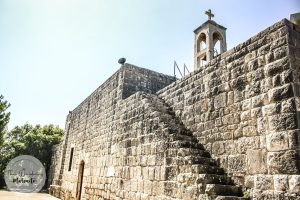
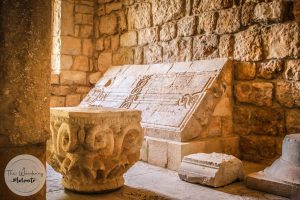
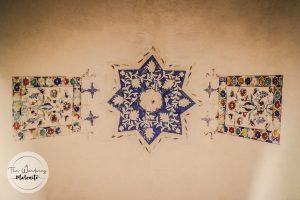


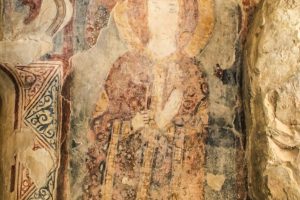









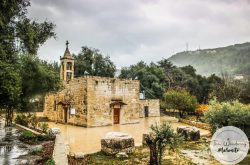
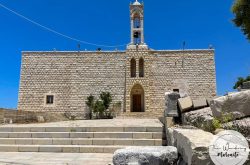
Reviews are disabled, but trackbacks and pingbacks are open.